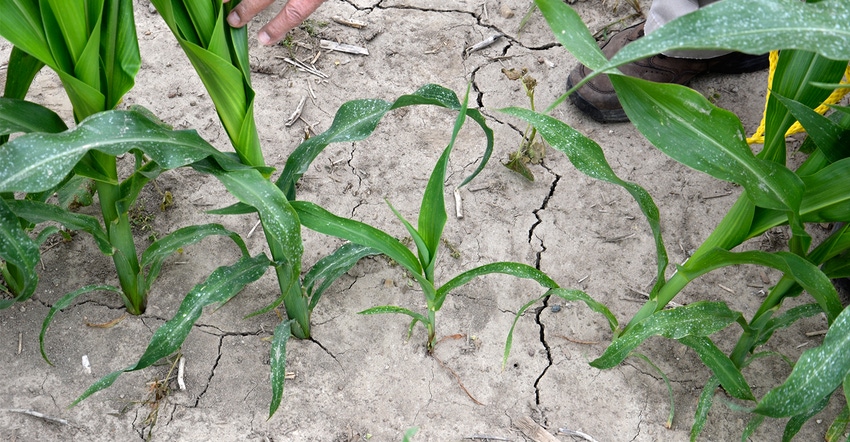
Many believe that for the cover crop revolution to continue in Indiana, farmers who haven’t even no-tilled before will need to buy in to the possible benefits and try them. Yet some are skeptical about whether this is the year to invest more dollars in something they don’t know for sure will generate more return next year.
Here is the question for the Indiana certified crop adviser panel: “How do you put together a budget that shows a positive return for cover crops? We are in minimum tillage, not no-till. I’ve dabbled with cover crops, but I’m hesitant to invest up to $40 per acre when I can’t measure any return. I’m looking for specific benefits I can hang dollar signs on.”
The CCA panel includes Betsy Bower, agronomist, Ceres Solutions, Terre Haute; Jamie Bultemeier, agronomist and corporate sales director for A&L Great Lakes Labs, Fort Wayne; and Steve Gauck, sales agronomist, Beck’s, Greensburg.
Bower: Look at direct positive returns like potential yield increases or a reduction in total herbicide use. You can also look at a reduction in soil loss from less erosion. Or you can put some value on the indirect positives we see with cover crops. They include being able to plant a few days sooner into more friable soil. That’s possible because cover crops in the spring can help dry soils out. They can also provide better planting conditions.
Another indirect benefit is more moisture available during dry spells. You can see this if you walk no-till, cover crop fields vs. conventional- or minimum-tilled fields during short dry spells. You’re also likely to see less sealing of the surface after early spring rains, which was big this year.
In a nutshell, you can find direct and indirect value, depending upon what is important to you. The indirect measurements of value are hard to set a “year in, year out” basis on until you start using cover crops. One year the indirect value may be $5 per acre. The next year, it might be $15 per acre.
Gauck: This is a challenge for many because cover crops and no-till provide long-term benefits instead of quick returns. One area that quickly shows an advantage to cover crops is on highly erodible ground. Slowing or stopping soil erosion keeps nutrients in the field. If you move to no-till from minimum till, you can shift dollars from labor and equipment to help offset cost of cover crops. Over time you should be able to reduce fertilizer rates because of the ability of cover crops to hold on to nutrients and increase organic matter.
Bultemeier: The greatest challenge working with any practice focused on improving soil tilth is that it will not be a short-term project. Therefore, the benefits of these activities will take several years to be fully recognized, will be heavily dependent on management, and will vary year by year. If you have livestock, and can utilize cover crops as a feed source.
About the Author(s)
You May Also Like




